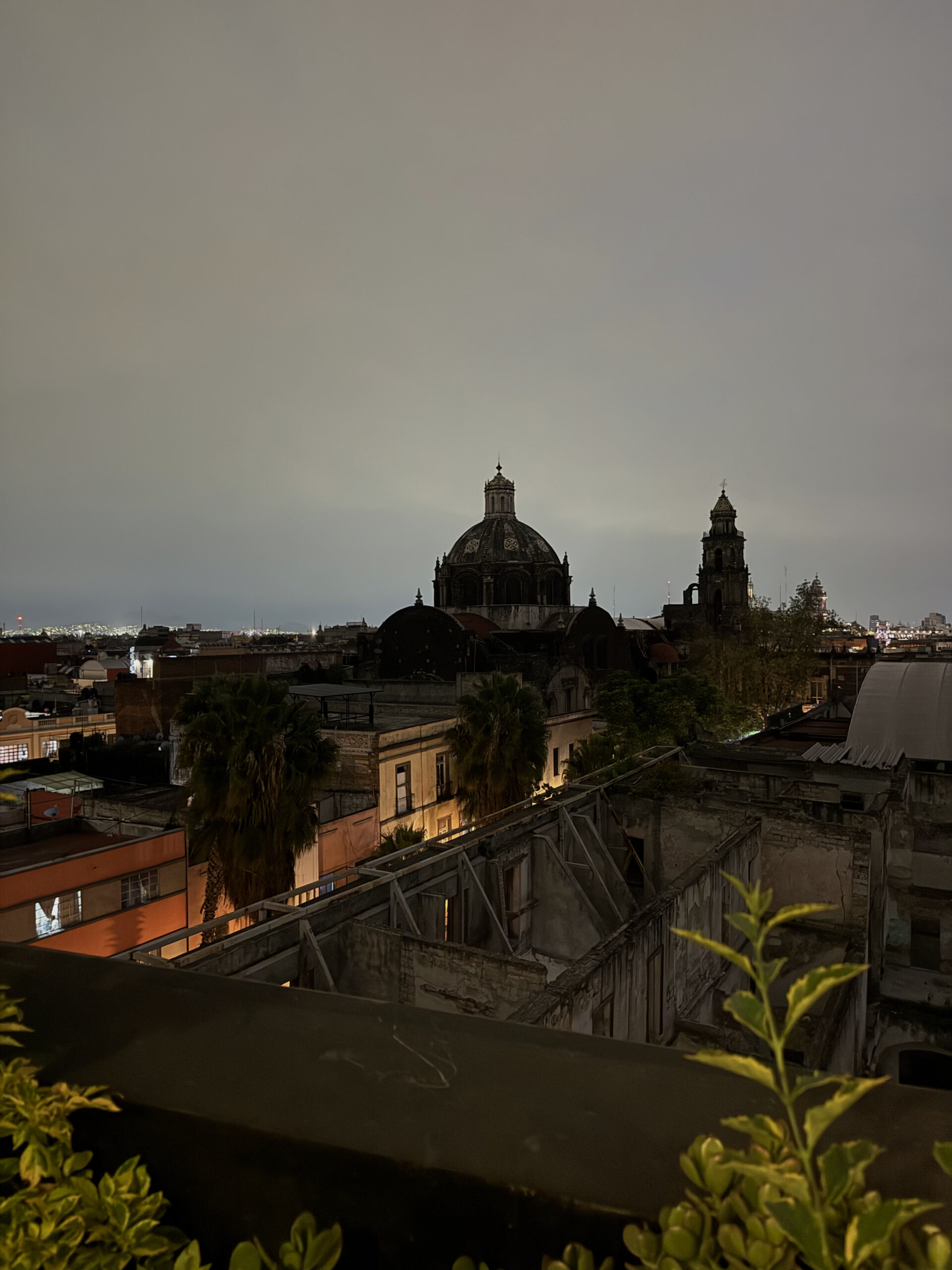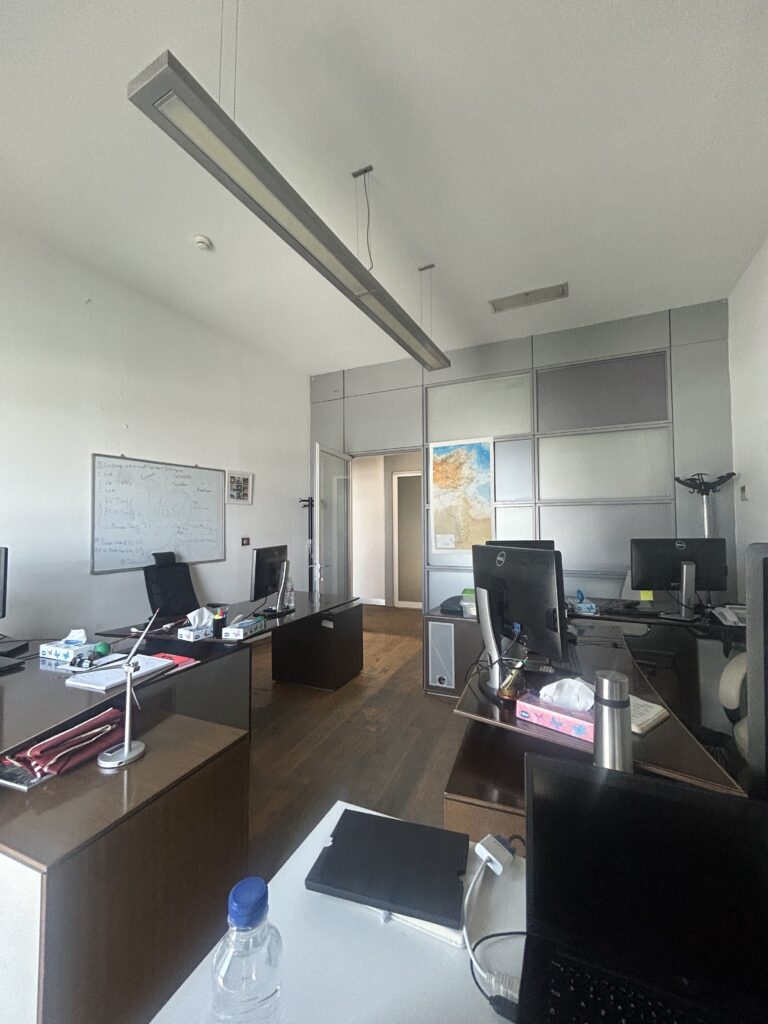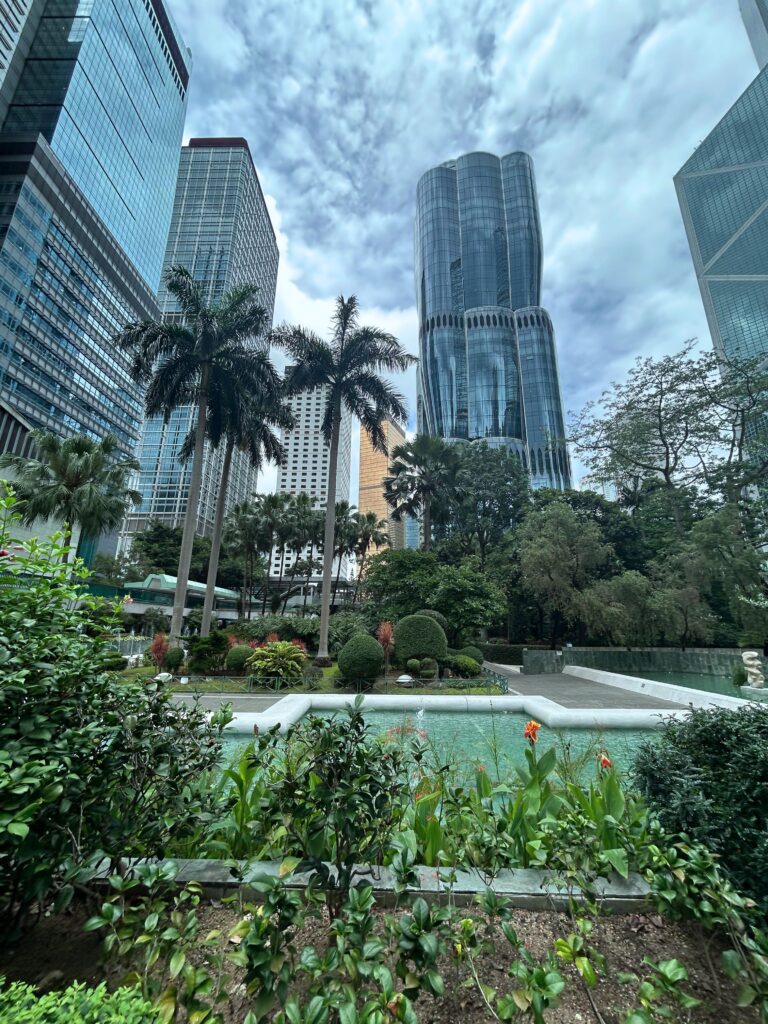
More Than the Pictures & Trinkets
By: Joseph Qiao, Wharton ’28
GRIP: Ashoka in Mexico City, Mexico
Mexico City (CDMX) is considered the “New York City” of Mexico. After all, it is the largest city in North America—even bigger than New York City’s 8 million residents—with its population of 22 million. Being born and raised in Queens, New York, I immediately started scanning for similarities and differences. Roma Norte is like Bushwick in Brooklyn: trendy, millennial-based, and aesthetic with all its curated restaurants and fashion boutiques. Chapultepec is like Manhattan’s financial district with its skyscrapers and business people in suits; there’s even a “Central Park” called “Bosque de Chapultepec” that has similar attractions—a zoo, lake for boating, and a castle (which New York’s equivalent would basically be The Metropolitan Museum).
I observed these city features in my daily strolls to a new café or study spot, finding similarities that started making me miss home but concurrently love CDMX. I spotted differences like just how much more colorful CDMX was and that there aren’t many pedestrian lights. However, the deeper, more meaningful similarities started sinking in.
First: the diversity. I stumbled upon an accommodation issue that caused me to move between neighborhoods that gave me a more nuanced understanding of CDMX demographics. Although Mexico is a homogenous society with a distinct majority culture, CDMX is an immigrant-heavy location—like my home of Queens. Living in Lagunilla/Tepito, I spoke Mandarin Chinese to local business-owners who ran wholesale stores. Around the Condesa office for my internship, I met residents of French, Spanish, American, and other Latin American descents.
Second: the economic situation of CDMX. I recalled lessons from my high school AP World History class about Mexico’s colonization that I also reread while walking through the city’s many museums. The lasting impact of social divide by race is visible. With a great schism between the upper class and the lower class—and practically no middle class—such dynamics are clear in a simple scene of who’s a waiter and who’s a diner in an “upscale” restaurant: indigenous and non-European populations as the former with non-indigenous groups as the latter. Gentrification is a leading issue that exacerbates social & racial divide, which protests emphasize with graffiti around the city.
Having worked against gentrification through community organizing efforts and growing up observing similar de facto social injustices in New York City, I empathized with residents of CDMX. I prioritized mindfulness and respect as a tourist by exploring neighborhoods to the best of my abilities, discomforting myself by speaking Spanish to the best of my abilities, and finding accommodations that are individually-owned units rather than entire apartments meant to be rented out by scale.
My time in Mexico was more than just practicing Spanish, learning about the culture, visiting sites for pictures, and buying trinkets. Rather, it was marked by conversations with locals, observing the city layout, and analyzing the nuances about the city history & dynamics. New York City will always be home, but Mexico City’s vibrance is forever etched in my memory that pulls me to return to the city—but with more knowledge and opportunity to solutionize against gentrification.
Read Related Blogs

Independence Does Not Mean Loneliness
GRIP: World Medical Association, Ferney-Voltaire, France Over the past nine weeks of my internship at the World Medical Association, independence has been a defining theme. Not only am I the…

My Internship Experience with SIC
GRIP: Swicorp Infra Capital (SIC), Tunis, Tunisia I stepped out of my taxi and into Lac II, the financial district that runs along the lake in Tunis. The building was…

The Sauce
GRIP: Elephant Community Press in Hong Kong From tenth to twelfth grade, I attended a small, college-prep school called Miller. I can say with quite a degree of certainty that…